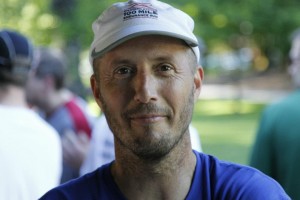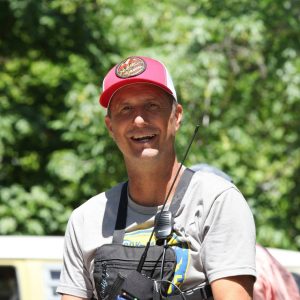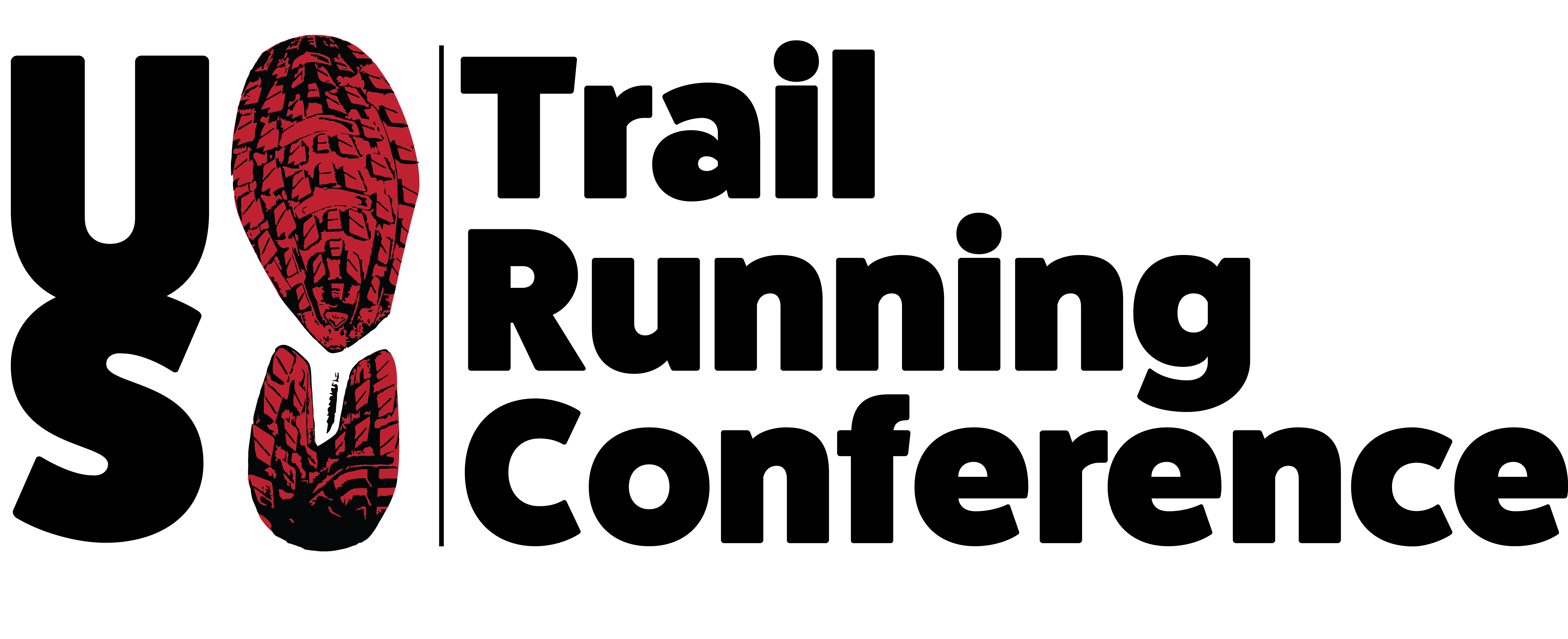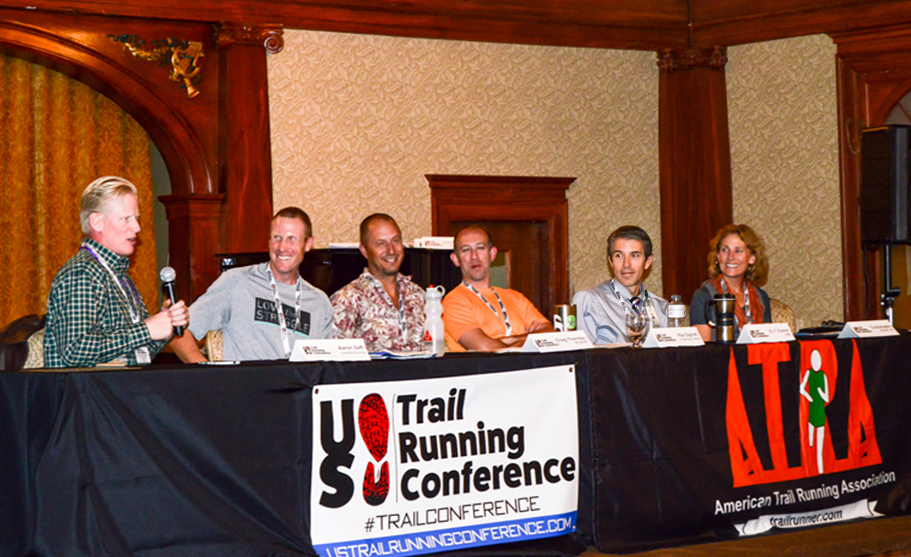With the recently announced theme for the 2017 US Trail Running Conference, Making Strides in Innovation, this is the next in a series of posts focused on participating sponsors and our expert panelists on how they have used innovations to drive their products, service and races. This time we interview Craig Thornley, Race Director for the Western States 100, the world’s oldest 100 mile trail race. The following is a result of a recent interview we were fortunate to have with Craig.
WS100 is the world’s oldest 100 mile trail race. What are the challenges that you as an RD have faced between keeping traditions alive while bringing in innovations that help maintain the race’s cutting edge?
With any organization, especially one that is primarily volunteer based and has been around for 40+ years, initiating and affecting change is challenging and sometimes uncomfortable. Gaining the trust and confidence of my board and lead volunteers took some time but we never let “because we’ve always done it that way” be an acceptable answer to why something is done the way it is.
The race introduced drug testing for the first time this year. How important was this to WS100 in terms of taking leadership as a major race with a zero tolerance policy?
Elite athletes have been asking us for several years to lead in this area. In 2016 we updated our Performance Rule #18 to reflect a zero-tolerance policy regarding the use of performance enhancing drugs (PEDs). In 2017 we put some teeth behind that rule and conducted post-race urine tests on top finishers.
The race is hoping that by taking a leadership role regarding PED testing other races throughout the country will also make a commitment. Collectively we can make a strong statement that we want a drug-free future for our sport.
 Did the introduction of drug testing go to plan, and what key learning points did you take away that you can share with other trail race directors that could help them implement a similar program?
Did the introduction of drug testing go to plan, and what key learning points did you take away that you can share with other trail race directors that could help them implement a similar program?
Without a governing body in the US to define the testing, we wrote our own drug testing policy and protocols which is available for other races to adopt if they wish. We tested for the full WADA panel and EPO from post-race urine samples. While it may be tempting to cherry-pick which drugs might be beneficial to a 100 mile runner and test only those as a way to reduce costs, we thought it best to go with the WADA list. But, there are so many substances on the WADA list that it can be overwhelming to the athletes, especially since some may have never been tested before or even looked at the list.
While it is the responsibility of all runners to know what is on the WADA list and what goes into their bodies, we do not have a strict liability policy; we can accept that a runner had “no fault” for a doping violation (i.e., he or she did not know and could not reasonably have discovered or suspected that he or she was administered or took a banned substance). With medications and supplement contamination it’s not always black and white.
I will gladly discuss more of the things we learned and what we can do better at the conference.
Heat played a major role in this year’s race. What logistical challenges does the race face to make sure that you support the runners that take part?
Indeed. 2017 saw the highest low temperature in Auburn in the 44 years of the race. 75 degrees. This resulted in very warm temps early in the race. But heat is not new to WS so our 21 aid stations are prepared to cool runners down. When the forecast is warmer than normal we prepare by ordering more ice. This year we had 20,000 pounds of ice, in several trailers around the course which were accessible to aid station captains. That’s 54 pounds of ice for each of the 369 runners! We also encourage runners to take advantage of all the creek crossings and try to stay wet.
 Are there any future plans for WS100 that you can share with our audience?
Are there any future plans for WS100 that you can share with our audience?
We made several visible changes this year, including the implementation of a refund and wait-list model and moving of a couple of aid stations. Most of the changes in 2018 will be of an organizational nature and not visible to runners.
2017 will be your third year as an expert trail race director panelist at the US Trail Running Conference. What has the Conference given you as an RD that has influenced your decisions to create innovations and developments for WS100, and what are you looking forward to for the 2017 event?
I very much enjoy meeting and talking with other race directors and vendors at the conference. Since WS is an established race it’s easy to just continue to do what has worked, but I feel paying attention to what the newer races are doing is also important. While I think we have a lot to offer to new races, it also behooves WS to see what the new directors are doing. The networking in between sessions is invaluable. And visiting Estes Park with the rutting Elk and beautiful fall colors… doesn’t get much better than that. I am looking forward to seeing old friends and meeting some new ones.













